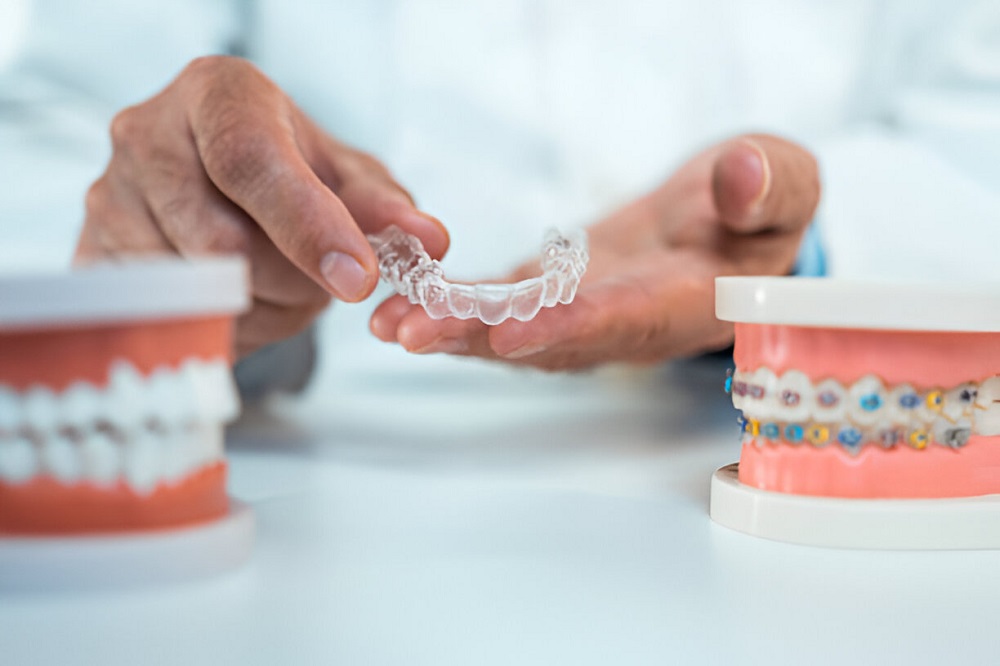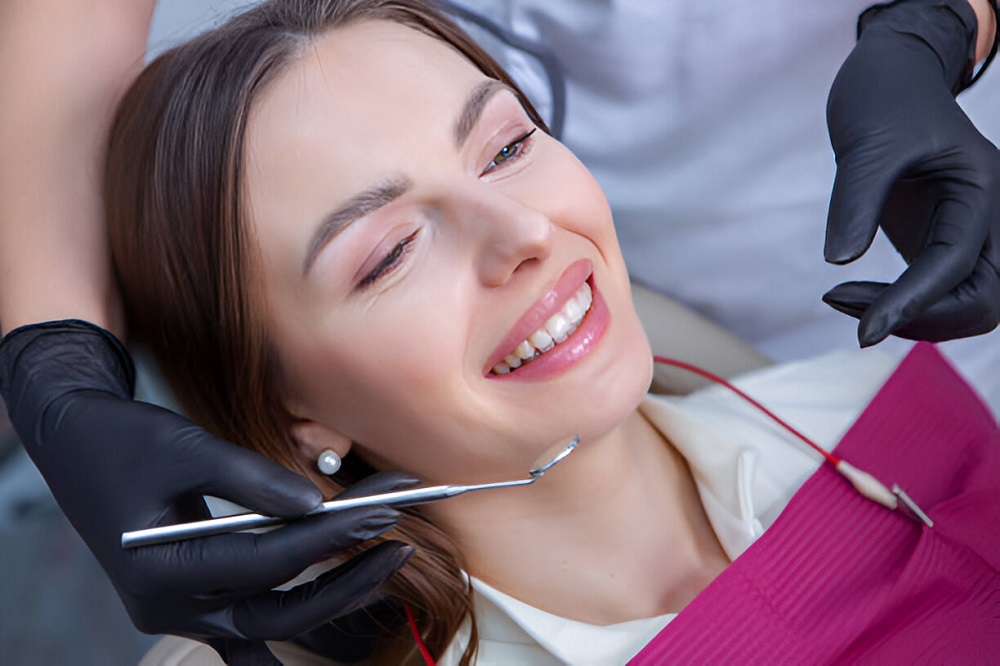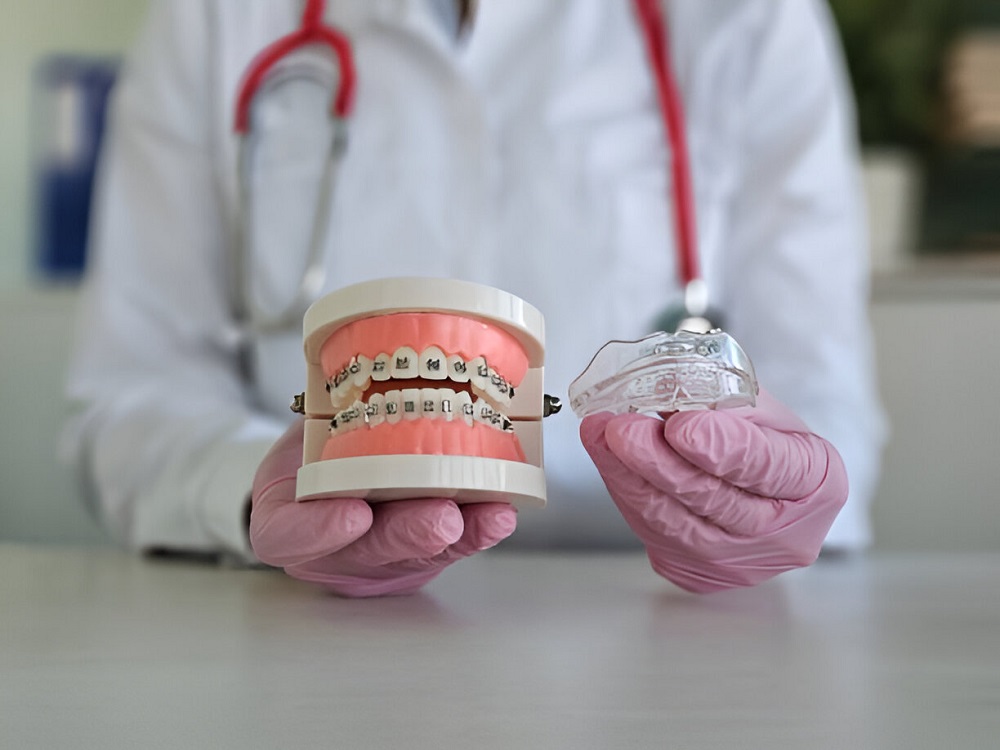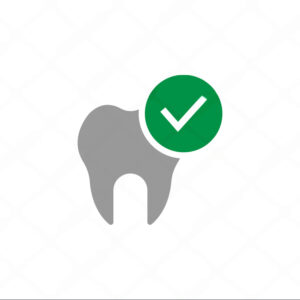Orthodontic therapy aims to straighten your teeth and change your bite. If your teeth are crooked, overlapped, twisted, or gapped, you may need to see an orthodontist. Traditional braces, transparent aligners, and detachable retainers are common orthodontic treatments.
Orthodontics may provide you with more than just a beautiful smile. Learn more about the benefits of getting treatment and the significance of orthodontic care.
Orthodontic Treatment
Your teeth can be straightened, and bite issues can be fixed with orthodontic procedures.
A specialty dentist known as an orthodontist frequently performs these procedures.
Children, teens, and adults are all treated by orthodontists.
Orthodontic treatments are also offered by many general dentists.
Why orthodontic treatment is important
Misaligned teeth, trouble eating, or moving jaws are examples of orthodontic issues that should be handled seriously because oral health is a window into your entire health. Unusual enamel wear, gum disease, and tooth decay are possible outcomes of uncorrected orthodontic issues.
You can benefit from orthodontic treatment:
- Make sure your jaw and teeth are working properly.
- Make your face and grin look healthy.
- To make speaking and chewing easier, keep your bite firm.
- Make teeth easy to clean to stop decay and loss.
- Steer clear of costly dental operations that untreated orthodontic disorders may require.
How can I determine if I require orthodontic treatment?
Orthodontic therapy may be necessary for:
- Misaligned or protruding teeth.
- A poor bite occurs when your mouth closes, bringing your upper and lower jaws together.
- A jaw that is not in alignment.
- Spaces between your teeth.
- Issues with breathing, chewing, or speaking.
- The growing jaws and teeth of your child might also be evaluated by an orthodontist.
- Additionally, they can assist in controlling the tendency to thumb-suck or finger-suck.
- Misaligned or protruding teeth.
- A poor bite occurs when your mouth closes, bringing your upper and lower jaws together.
- A jaw that is not in alignment.
- Spaces between your teeth.
- Issues with breathing, chewing, or speaking.
- The growing jaws and teeth of your child might also be evaluated by an orthodontist.
- Additionally, they can assist in controlling the tendency to thumb-suck or finger-suck.
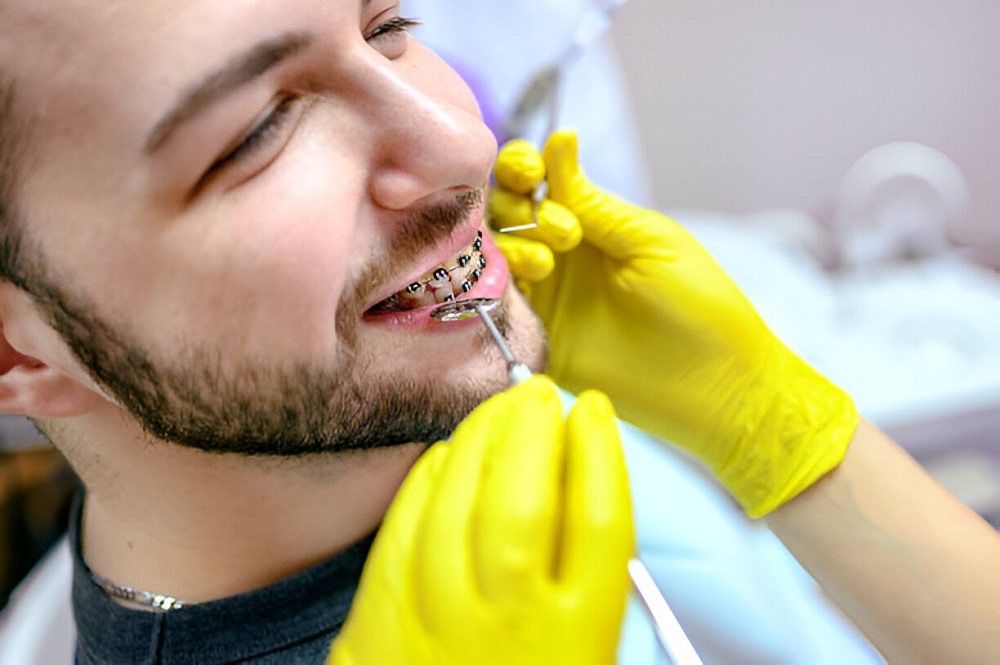
What is the duration of orthodontic treatment?
Typically, treatment lasts one to three years. Regular check-ups with your orthodontist are required.
You might need to use a retainer once your braces are taken off. With this instrument, you can keep your teeth in their natural positions. The reason for this is that teeth gradually return to their initial places. The reason for this is that teeth gradually return to their initial places.
The gadget may be used exclusively at night, or it may be utilized all the time. You can talk to the orthodontist about this.
What is the cost of orthodontic treatment?
The cost of therapy will vary based on your situation. Ask your orthodontist for a price so you can get a sense of what to expect.
It’s wise to confirm that your quote includes:
- Evaluation before therapy.
- Routine consultations as well as any necessary emergency visits.
- Digital images and X-rays of your teeth.
- A digital model or bespoke cast of your teeth and jaw.
- Orthodontic equipment, as well as additional maintenance supplies like elastics and orthodontic wax.
- Retainers after treatment.
- Follow-up evaluations.
- Check to see whether you may claim any expenses if you have health insurance.
What are the advantages and disadvantages of receiving orthodontic treatment?
Both your look and your bite can be enhanced with orthodontic treatment. If you have trouble breathing, speaking, or eating, it may also be helpful.
Teeth that are straight can:
- Prevent harm from a nasty bite.
- Prevent tooth deterioration.
- Enhance the condition of your mouth.
- On the other hand, orthodontic treatment can be expensive and time-consuming.
- You could need some time to become used to wearing braces, just like with anything new. Additionally, you must understand how to maintain your device.
When you begin therapy, you can encounter several
- Toothaches or little pain.
- Sores and scrapes within your mouth.
- Orthodontic therapy is inappropriate if your gums and teeth are in poor condition.
- If you wear braces, it’s crucial that you:
- Make sure you properly brush your teeth.
- Steer clear of sugary foods.
- Don’t consume too many soft drinks.
- These might result in tooth decay or white patches on your teeth.
- To address any issues early, your orthodontist will examine your teeth regularly.
Conclusion: All-Ages Orthodontic Treatment
It’s never too late to have a beautiful, healthy smile, and orthodontic treatment may help people of all ages. 6. Orthodontic therapy can enhance your child’s self-esteem, oral hygiene, and general wellness.

